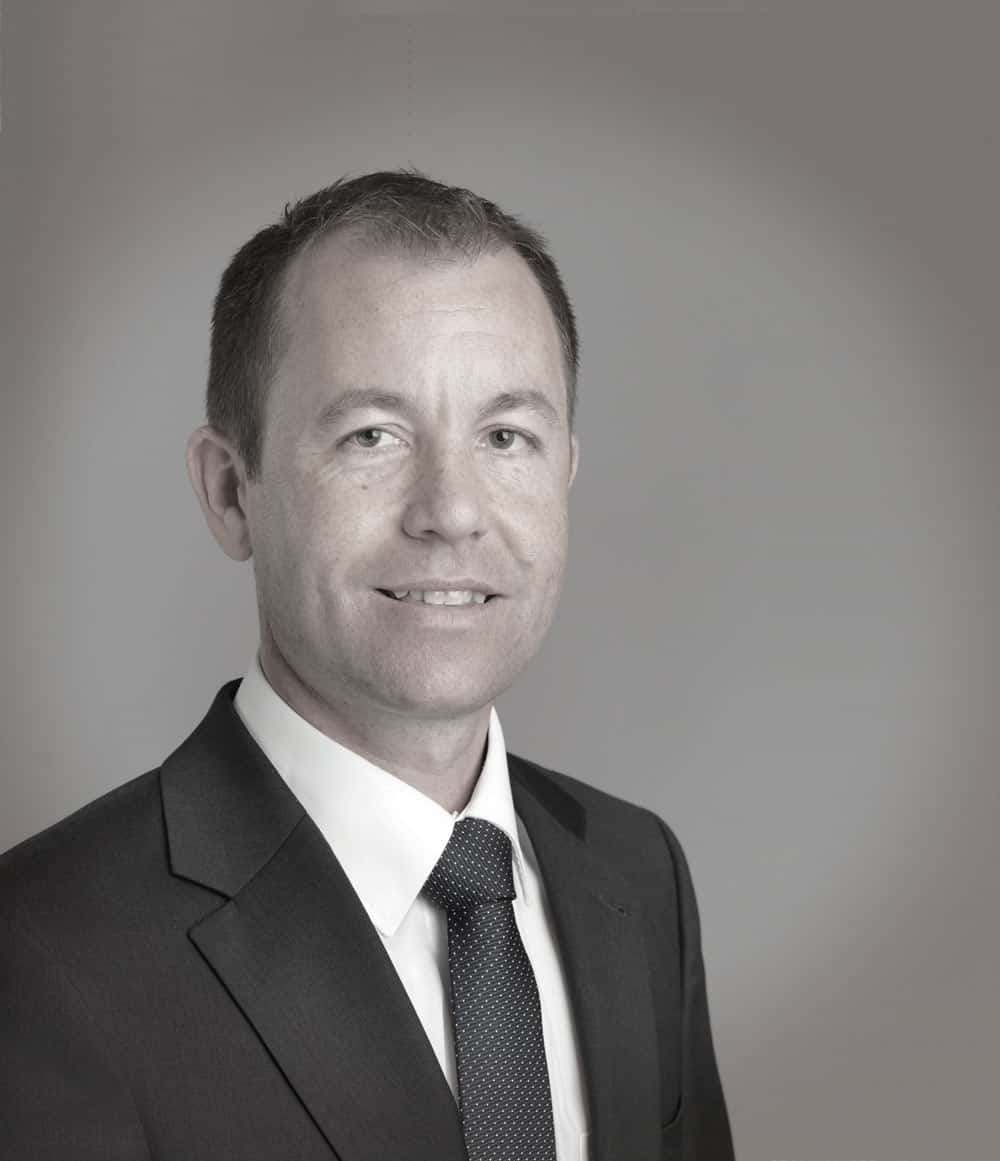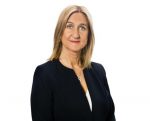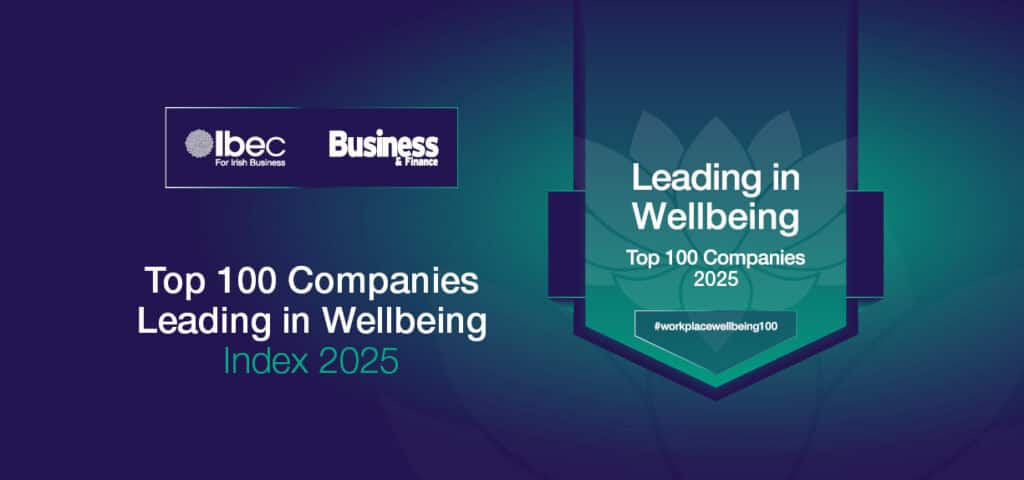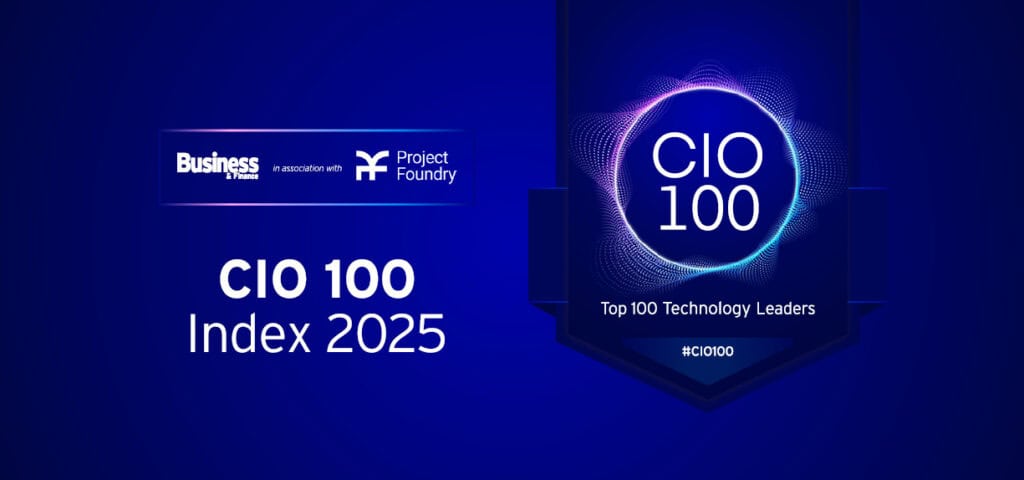Eoghan O’Mara Walsh, CEO, Irish Tourist Industry Confederation
Eoghan O’Mara Walsh talks to Deanna O’Connor about driving tourism growth and keeping Ireland competitive.
Q. What have been your highlights in tourism over the last year?
Generally it has been the growth in tourism, the fact that the sector as a whole is growing. Four years ago we had 6.5 million visitors; this year we’re going to have 9m visitors. It’s been really phenomenal in terms of an industry and in terms of a success story. There are lots of highlights within that, but obviously something like the Wild Atlantic Way is very good for regional balance, and focusing visitor interest on the west coast.
Q. Have you seen any significant trends in where people are coming from?
The four big markets for Ireland continue to be Britain, France, Germany and the US. They’ve all been growing particularly well, and the US and Europe are at record levels. The most significant growth has been from mainland Europe and that’s down to the fact that there is much more airline access and routes into Ireland.
Americans are great visitors to Ireland because they spend longer, and spend more money while they are here. About 10% of all visitors that come from North America to mainland Europe come to Ireland, so it’s remarkable, for a small little country on the edge of Europe, that we’re doing so well. It’s a great testament to tourism businesses the length and breadth of the country.
The exciting thing going forward is where the future markets are, and there’s probably lots more from Europe and from North America that we can capture – and there are new and developing markets that we should be able to tap into.
Q. How do you feel Brexit will affect tourism from UK visitors?
It is one of the concerns we have: we have to be aware of the impact of Brexit. Britain is our nearest neighbour and our biggest tourism market. About 40% of all visitors to Ireland come from Britain. Things like a movement in the exchange rate between sterling and the euro, or the possibility of Britain going into recession as a result of the Brexit vote, would be a concern for us and it’s very important that we minimise any downturn by continuing to offer good value for money and remaining competitive.
Q. What would you like to see to help drive growth in the tourism sector?
Within the Irish Tourist Industry Confederation (ITIC) pre-budget submission we said that there are three key areas that the government needs to focus on to ensure that tourism realises its full potential. The first is retaining competitiveness, and it’s very important that Ireland, particularly in this post-Brexit period of uncertainty, remains as competitive as possible: To that end, the tourism VAT rate of 9% put us on an even keel with the rest of Europe; likewise any increase in the cost of running a business must be kept to a moderate level. We also said that the government should restore investment in tourism product.
The reduction in the tourism VAT rate to 9% in 2011 helped the industry become more competitive, and there have been about 40,000 tourism jobs in those five years
If you look at the capital plan over the next five years, tourism will get €106m of a €27bn pot. To my mind that’s wholly inadequate, and it’s derisory to an industry that employs so many people. We think the government really needs to step up to the plate and invest more in tourism product and infrastructure.
Then the final area is tourism marketing. We rely on the government and the Irish State to fund Tourism Ireland, which is the marketing agency that promotes Ireland overseas. They’ve seen their budgets cut by about €20m over the last few years, and that needs to be reversed as soon as possible. We can’t take tourism for granted. Tourism means jobs and tourism means growth, but only if the right policies are in place.
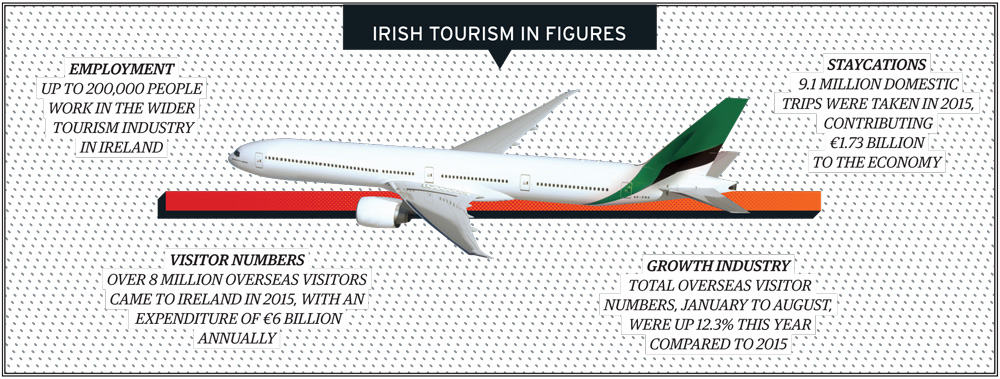
Q. On a personal level, what are your biggest challenges as a CEO?
One of the big challenges is that tourism is a very diverse industry: there’s hoteliers, airlines, B&Bs, caravan and camping sites, car hires, ferries… it goes on and on and on. It’s a very diverse industry, but we really are trying to secure the same goal of increasing visitor numbers and revenue to Ireland. What’s really important is that we as an industry speak with one voice and have a unified view so we’re heard at government level and at local authority level to ensure that pro-tourism policies are pursued.
Q. How do you feel Ireland compares to other countries in its tourism and marketing?
We do benchmark, and I think we do well. Ireland has a very positive appeal to a lot of international travellers and I think that’s something that we need to exploit and leverage going forward. Crucially, though, we need to invest in marketing so that Ireland doesn’t lose share of voice. We benchmark against the likes of Scotland, Canada and even Australia, but each tourism destination has its own unique characteristics… we do, as an industry, try and look overseas to see if there is best practice happening and we try and replicate it. Often it is actually the Irish tourism industry that is ahead of the game.
Q. How important is it to keep the tourism VAT rate at a low level?
It is very important that Ireland’s tourism VAT rate is at a competitive level with the rest of the EU. The reduction in the tourism VAT rate to 9% in 2011 helped the industry become more competitive, and there have been about 40,000 tourism jobs in those five years. The VAT returns for the exchequer from the 9% bracket actually doubled during this period so it’s a policy that has worked very well.
Upward movement in the tourism VAT level would likely be counter-productive and damaging for jobs and the sector
If you look across Europe, the tourism VAT rate in 17 of the 19 eurozone countries is 10% or less, so to my mind Ireland needs to be at 9% – which is the right and appropriate level. This puts us on a competitive footing with our rival destinations. Any upward movement in the tourism VAT level would likely be counter-productive and damaging for jobs and the sector.
Q. What are your thoughts on the current hotel room supply issues in Dublin?
I think the issue in Dublin is down to demand and supply. Dublin has seen an increase of about 33% in visitors in the last five years, at the very time that the number of hotel bedrooms in Dublin has dropped by 6%. As a result, Dublin has a capacity problem. When you have demand and supply so out of sync, you have an upward pressure on prices.
The real solution to ensure that Dublin hotel prices remain competitive is to add hotels to Dublin. Dublin needs about 50 or 60 hotels and ITIC has been a big driver of that agenda. We need as much fast-track planning and strategic development zones as possible to ensure that hotels are built quickly and effectively. Dublin, through the local authorities and Fáilte Ireland, should also proactively be pitching the city to hotel developers and investors.
The deadline for submissions for the Irish Tourism Industry Awards 2017 is November 18th. For more information on how to enter visit irishtourismindustryawards.ie.
